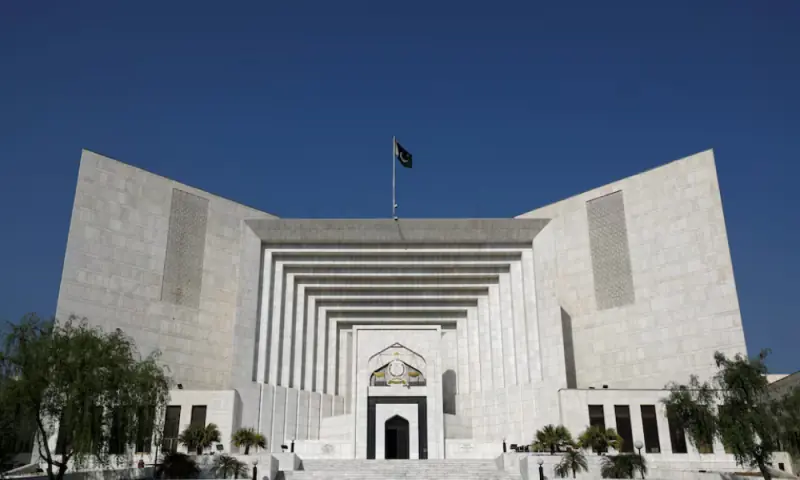"In essence, this amendment seeks to strip the judiciary of the remaining vestiges of independence that one could possibly conceive to remain within it," says lawyer Basil Nabi Malik.
Listen to article 1x 1.2x 1.5x
Barely had the dust settled on the 26th Amendment when another constitutional storm began to brew in Islamabad. The government’s freshly tabled 27th Amendment promises, on paper, to “streamline” governance — through new constitutional courts, revived executive magistrates, and even a relook at how the armed forces are commanded.
Key changes proposed to judicial structure:
Creates a new Federal Constitutional Court, with its own chief justice and judges
FCC to assume SC’s most significant powers; SC to be downgraded to apex court for civil and criminal appeals only
FCC decisions to be binding on all courts, including the SC
HC judges may be transferred to other high courts on the recommendation of the Judicial Commission; refusal to accept a transfer is treated as retirement.
At the heart of the amendment is the creation of a new apex court: the Federal Constitutional Court (FCC). Inserted into the Constitution as Chapter 1A, the FCC would have its own chief justice — serving a fixed three-year term — and judges, who may be appointed from the Supreme Court (SC), senior High Court (HC) judges with at least seven years of experience, or very senior advocates with ov
Continue Reading on Dawn
This preview shows approximately 15% of the article. Read the full story on the publisher's website to support quality journalism.
